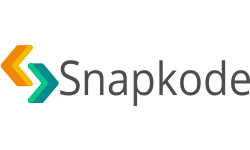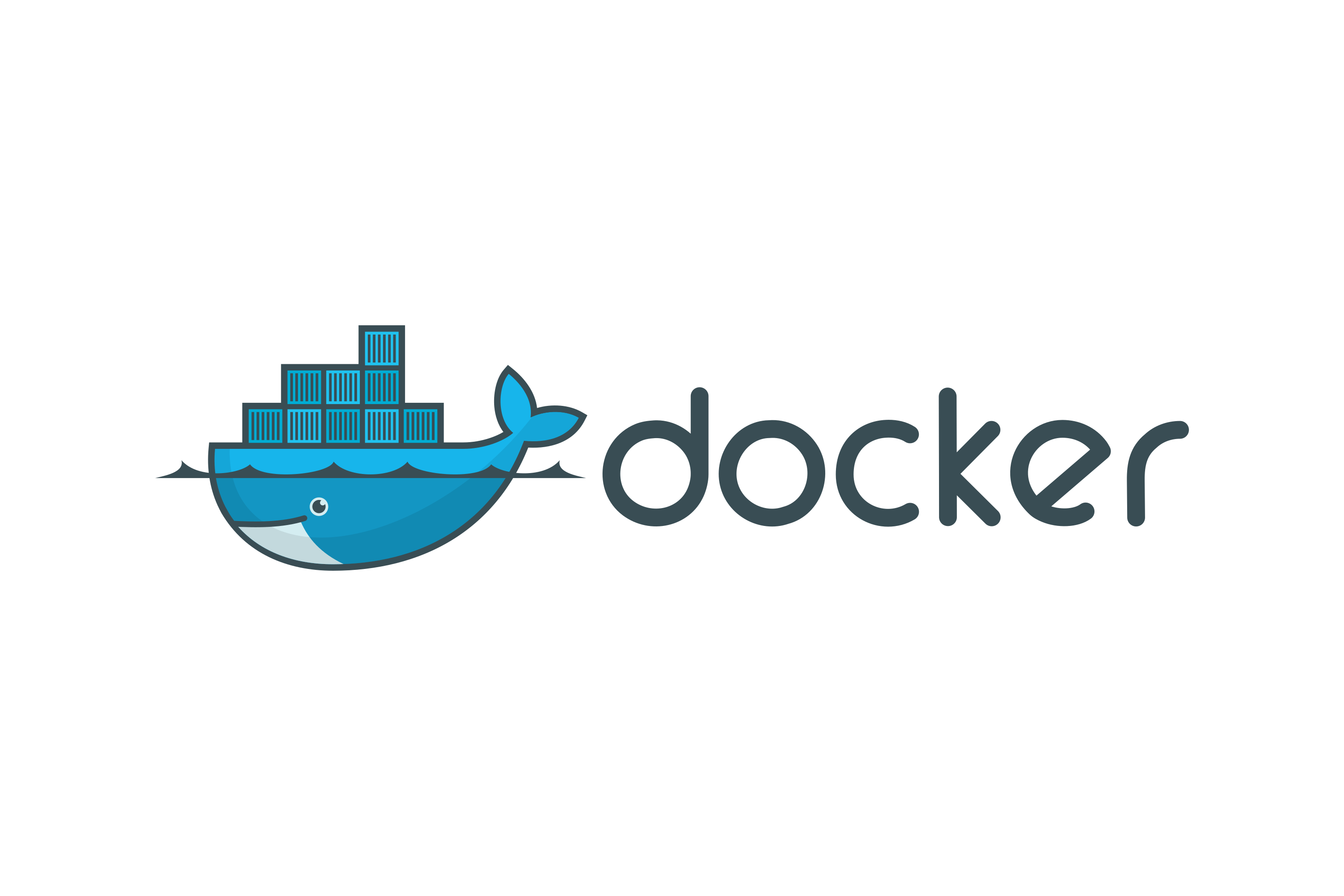Docker is an open‐source platform that automates the deployment, scaling, and management of applications inside lightweight, portable “containers.” Containers bundle an application’s code together with its runtime dependencies (libraries, system tools, configuration files), ensuring it runs the same way on any host—whether your laptop, on-premises server, or cloud.
Key Concepts
- Image: A read-only template (built from a Dockerfile) that contains your application and its dependencies.
- Container: A runnable instance of an image. Containers are isolated, have their own filesystem, network interface, and process tree, but share the host OS kernel.
- Docker Engine: The daemon (
dockerd) that builds, runs, and manages containers. - Docker CLI: The command-line tool (
docker) you use to interact with the engine. - Docker Registry: A repository for storing and distributing images (e.g., Docker Hub, private registries).
Why Use Docker?
- Portability: “It works on my machine” → works everywhere.
- Isolation: Containers isolate applications, reducing conflicts.
- Efficiency: Containers share the host kernel and use far fewer resources than full VMs.
- Consistency: Developers, QA, and production use the same environment.
- Microservices: Perfect for packaging services independently and orchestrating them (often via Kubernetes).
Container vs. Virtual Machine
| Aspect | Container | Virtual Machine |
|---|---|---|
| Isolation Level | Process-level; shares host kernel | Hardware-level; includes guest OS kernel |
| Startup Time | Milliseconds | Seconds to minutes |
| Resource Overhead | Lightweight; uses host OS | Heavy; each VM needs full OS |
| Portability | Extremely portable and consistent | Portable but larger image sizes |
Ecosystem & Related Tools
- Docker Compose: Define and run multi-container apps via a YAML file.
- Docker Swarm: Native clustering/orchestration for Docker.
- Kubernetes: Industry-standard container orchestration.
- Registry Services: Docker Hub, Amazon ECR, Google Container Registry.
With Docker, you can streamline development workflows, ensure consistent environments across teams, and leverage modern microservice architectures with ease.




